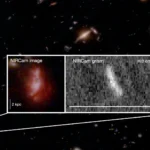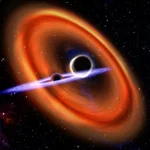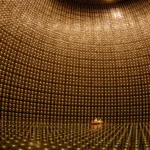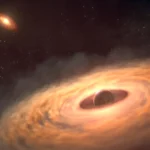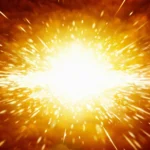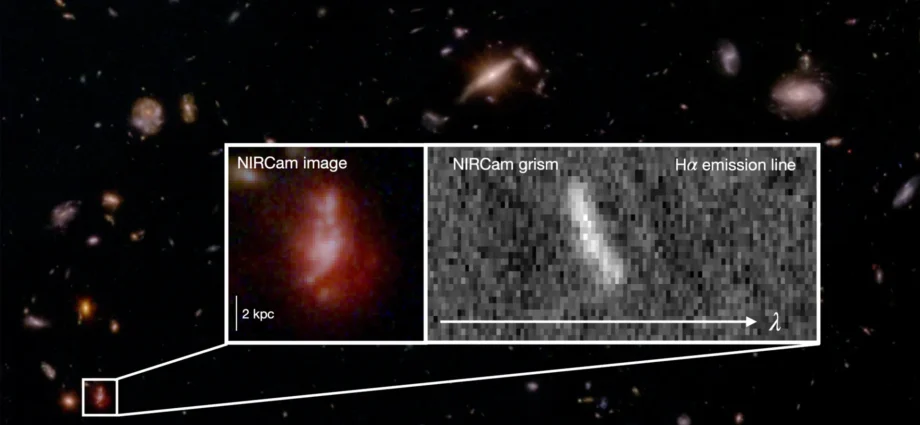Astronomers using the James Webb Space Telescope (JWST) have obtained the clearest view yet of how galaxies came together just a few hundred million years after the Big Bang. Their observations reveal that these early galaxies were far more disorderly and turbulent than the graceful spirals we see across the cosmos today.
Led by researchers at the University of Cambridge, the team examined over 250 youthful galaxies that existed when the universe was between 800 million and 1.5 billion years old. By tracking the movement of gas within these systems, they found that most were highly unstable, filled with clumps of gas and stars rather than the smooth, rotating disks seen in mature galaxies such as the Milky Way.
From Cosmic Chaos to Order
The findings, published in Monthly Notices of the Royal Astronomical Society, suggest that galaxies slowly transitioned from chaotic to stable structures as the universe evolved. During the early stages of cosmic history, intense star formation and gravitational forces stirred the gas so violently that many galaxies struggled to settle into steady rotation.
“We don’t just see a few spectacular outliers — this is the first time we’ve been able to look at an entire population at once,” said first author Lola Danhaive from Cambridge’s Kavli Institute for Cosmology. “We found huge variation: some galaxies are beginning to settle into ordered rotation, but most are still chaotic, with gas puffed up and moving in all directions.”
To investigate these distant galaxies, the researchers used JWST’s NIRCam instrument in a specialized “grism mode” that records faint light from ionised hydrogen gas. Danhaive developed new software to decode the complex data, linking it with images from other JWST surveys to track how gas was moving within each galaxy.
“Previous results suggested massive, well-ordered disks forming very early on, which didn’t fit our models,” said co-author Dr. Sandro Tacchella of the Kavli Institute and the Cavendish Laboratory. “But by looking at hundreds of galaxies with lower stellar masses instead of just one or two, we see the bigger picture, and it’s much more in line with theory. Early galaxies were more turbulent, less stable, and grew up through frequent mergers and bursts of star formation.”
Bridging Cosmic Eras
“This work helps bridge the gap between the epoch of reionisation and the so-called cosmic noon, when star formation peaked,” said Danhaive, who is also affiliated with the Cavendish Laboratory. “It shows how the building blocks of galaxies gradually transitioned from chaotic clumps into ordered structures, and how galaxies such as the Milky Way formed.”
The study highlights how JWST is allowing astronomers to study galaxy dynamics at an unprecedented level of detail. Future research will combine these findings with observations of cold gas and dust to create a more complete understanding of how the universe’s first galaxies came together.
“This is just the beginning,” said Tacchella. “With more data, we’ll be able to track how these turbulent systems grew up and became the graceful spirals we see today.”
The research was supported by the Royal Society, the European Union, and the Science and Technology Facilities Council (STFC), part of UK Research and Innovation (UKRI). JWST is an international collaboration between NASA, ESA, and the Canadian Space Agency (CSA). The data were collected through the JWST Advanced Deep Extragalactic Survey (JADES). Sandro Tacchella is a Fellow of St Edmund’s College, Cambridge, and Lola Danhaive is a PhD student in the Centre for Doctoral Training (CDT) in Data Intensive Science.
NASA; Space Exploration; Space Telescopes; Galaxies; Stars; Space Missions; Cosmology; Astrophysics
